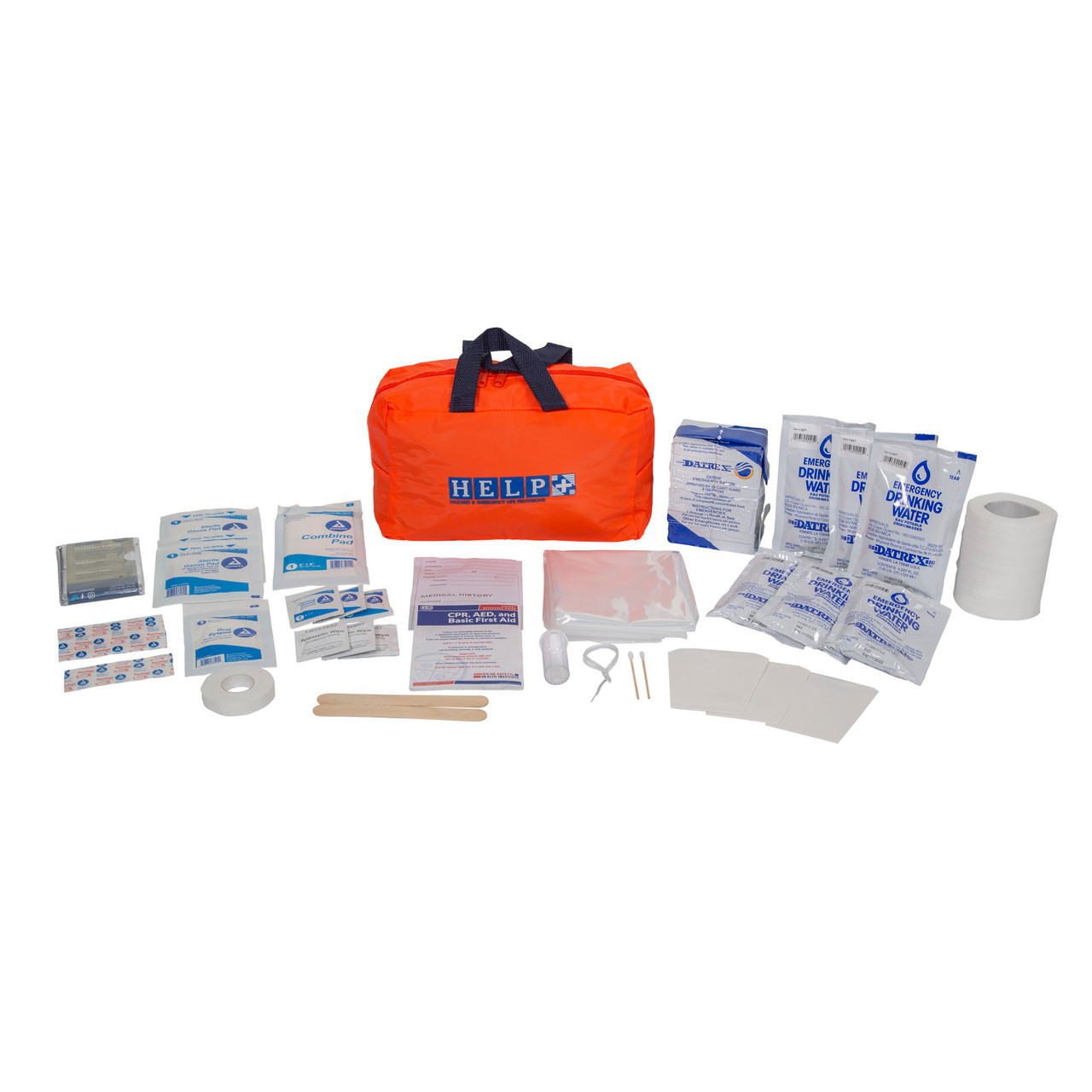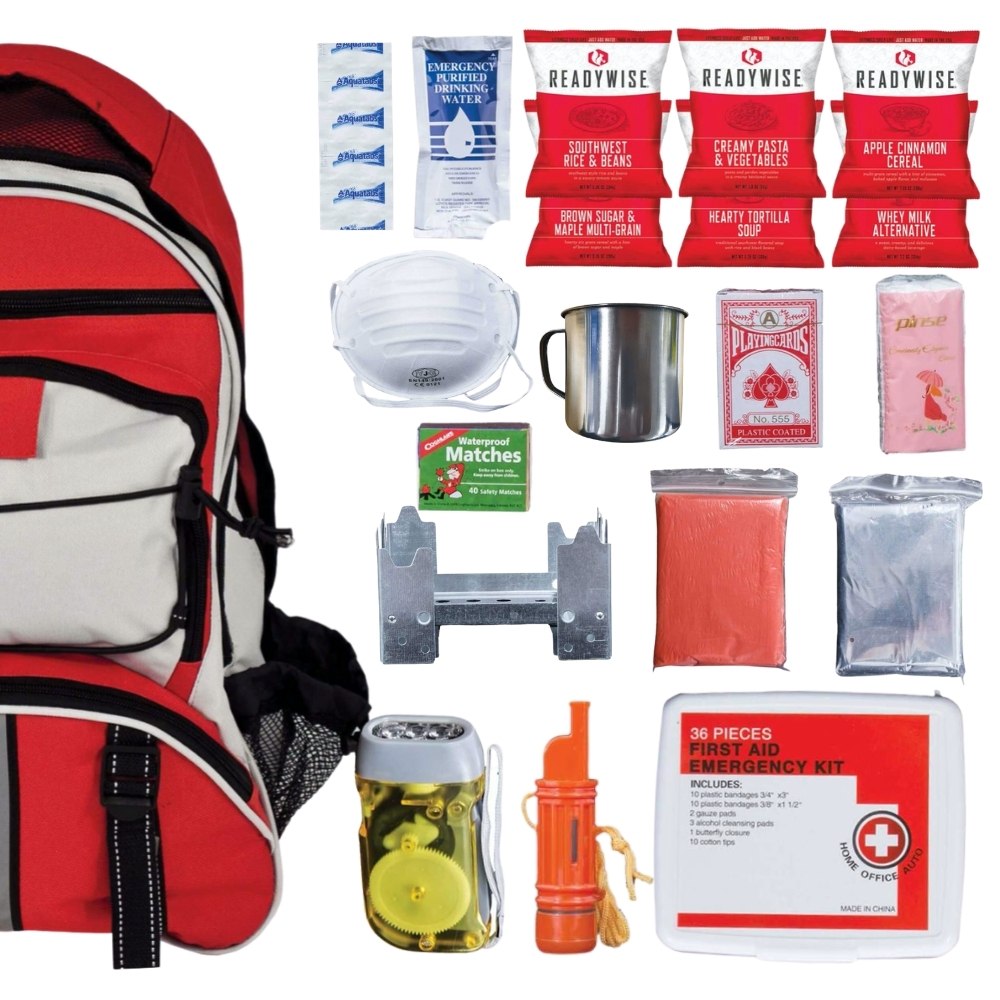Crucial Emergency Preparedness: Your Comprehensive Guide
Crucial Emergency Preparedness: Your Comprehensive Guide
Blog Article
How to Establish a Comprehensive Emergency Situation Preparedness Strategy
In the realm of preparedness, creating a comprehensive emergency situation plan is not simply a task to check off a listing; it is an essential keystone of any organization or individual's durability method. From natural calamities to unexpected crises, the ability to expect, reduce, and respond effectively can mean the difference between chaos and control. By diligently crafting a plan that resolves different facets of emergency monitoring, including threat analysis, communication procedures, resource appropriation, and tactical decision-making, one can lay a solid structure for safeguarding procedures, assets, and lives. However, truth efficiency of such a plan exists not only in its production yet also in its ongoing maintenance and adaptation to developing hazards and difficulties.
Relevance of Emergency Preparedness
Emergency situation readiness is important for minimizing potential threats and ensuring the safety and security of areas and individuals. In today's world, where natural calamities, public health and wellness dilemmas, and various other emergency situations can strike without warning, being prepared can make a significant distinction in lessening the effect of these occasions. By having a well-balanced emergency readiness strategy in location, individuals and organizations can respond properly, secure lives, and minimize residential property damage.
One of the primary factors why emergency situation readiness is crucial is its role in conserving lives. Having a strategy that lays out clear treatments for emergency situation, emptying, and interaction reaction can assist people act swiftly and emphatically when emergencies happen (look at this web-site). This can stop injuries and deaths by guaranteeing that people know what steps to require to remain secure
Moreover, emergency preparedness boosts the strength of communities. By promoting a culture of readiness and planning for numerous circumstances, communities can recover faster from interruptions and catastrophes. This resilience is necessary for preserving stability, continuity of operations, and total well-being in the face of adversity.
Assessing Possible Risks
Considering the significance of being planned for unanticipated occasions, the preliminary action in developing an efficient emergency readiness plan entails extensively reviewing and evaluating prospective threats. This assessment needs a thorough review of all feasible risks that can influence the company, considering factors such as place, industry, and historic information on incidents. By recognizing these risks, companies can prioritize their readiness efforts and allot resources efficiently to alleviate one of the most significant dangers.
Typical threats that organizations may deal with include natural catastrophes like floodings, quakes, or cyclones, technical risks such as power failures or information breaches, as well as human-caused risks like mishaps or intentional acts of physical violence. Conducting a threat evaluation likewise involves considering the prospective effect of these events on the organization's operations, employees, consumers, and credibility. By performing a complete risk assessment, companies can establish tailored emergency situation reaction strategies that address their details susceptabilities and make certain efficient preparedness for any type of possible situation.
Developing an Interaction Strategy
Creating a clear and detailed interaction plan is important for effective emergency preparedness within companies. In times of situation, communication plays an important role in making sure the safety and well-being of employees, stakeholders, and the area. A well-thought-out communication plan need to outline clear lines of communication, designate key workers responsible for communication jobs, and establish procedures for sharing info rapidly and precisely.
One secret aspect of developing an interaction strategy is identifying key and alternative interaction networks (EMERGENCY PREPAREDNESS). These can include email, text messaging, phone trees, social networks systems, and public address systems. It is critical to ensure that these channels are reliable, obtainable, and consistently evaluated to assure their efficiency throughout emergency situations

Building an Emergency Situation Kit
Given the important importance of readiness in times of crisis, a key element that organizations have to address is the facility of an emergency situation package. When constructing an emergency situation set, it is necessary to think about the details demands and circumstances of the company. Furthermore, companies need to include vital documents, such as get in touch with checklists, insurance policy info, and emergency reaction plans, in water-proof containers within the set.
Establishing Emptying Treatments
To guarantee the safety and organized emptying of workers throughout emergency situations, companies should establish clear and efficient emptying procedures. Discharge procedures must include a series of potential situations, including fires, natural disasters, or various other emergency situations that require quick evacuation.

In addition, organizations need to establish a system for audit for all employees throughout an emptying to guarantee that every person has securely left the properties. Interaction plays a crucial function in emptying treatments, with clear instructions on exactly how to evacuate and when to do so. Regular review and upgrading of evacuation treatments based upon responses and altering scenarios are important to keeping the effectiveness of the strategy.
Verdict
To conclude, developing a comprehensive emergency readiness plan is crucial Learn More for ensuring the security and wellness of people in case of a disaster (EMERGENCY PREPAREDNESS). By evaluating potential dangers, developing a communication plan, constructing an emergency package, and establishing evacuation procedures, people and companies can be much better geared up to respond properly to emergency situations. It is necessary to prioritize readiness efforts to minimize the impact of disasters and secure lives and property
In the realm of preparedness, creating a thorough emergency situation plan is not simply a job to inspect off a checklist; it is a necessary foundation of any kind of organization or individual's resilience approach. When emergencies take place, having a plan that lays out clear procedures for evacuation, communication, and emergency situation response can assist individuals act swiftly and decisively. look here. By conducting a thorough threat analysis, companies can establish tailored emergency situation action plans that address their certain susceptabilities and make certain effective preparedness for any kind of potential situation
Creating a comprehensive and clear communication strategy is crucial for efficient emergency situation readiness within companies. By analyzing potential dangers, developing an interaction plan, building an emergency set, and developing emptying organizations, people and procedures can be better outfitted to respond effectively to emergency situations.
Report this page